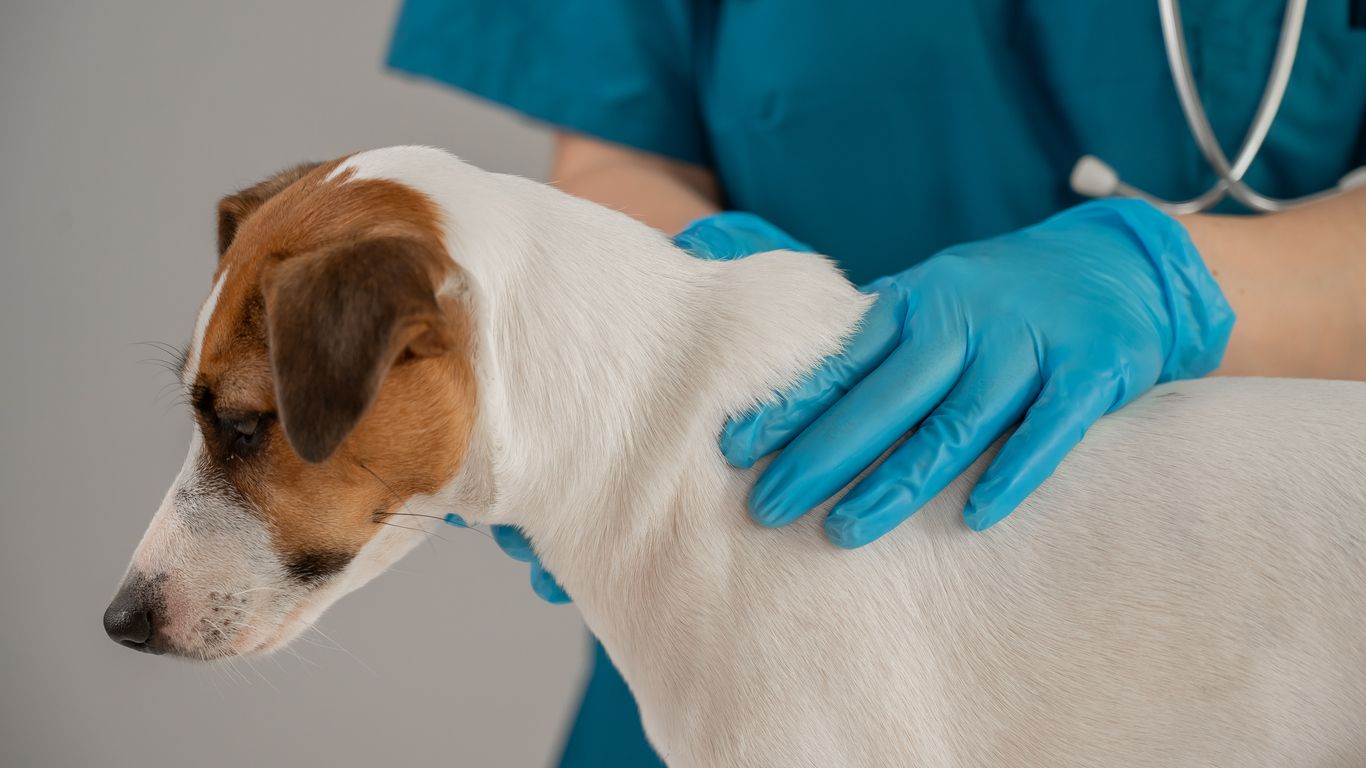Most canine masses go undiagnosed in veterinary clinics, survey finds
The survey also found that as the number of lumps seen increased, the likelihood of sampling decreased. Could a “wait-and-see” approach be costing dogs valuable treatment time and compromising outcomes?
A 2025 survey by veterinary imaging company HT Vista has found that 62% of masses on dogs seen in US veterinary clinics go undiagnosed. The same survey also found that as the number of cases rises, veterinarians are less likely to sample them, suggesting a drop in diagnostic attention.
The study surveyed 243 veterinarians across the nation, most of whom were general practitioners, and asked what their approach was to “lumps and bumps” on dogs. According to the results, general practitioners reported seeing an average of 13.5 dermal and subcutaneous masses per veterinarian each week. Yet, a striking 8 masses each week per veterinarian go undiagnosed. Additionally, only 19% of masses are reviewed by a pathologist, with the majority of fine-needle aspirates being read in-house and without review from a board-certified professional.
An estimated 15%, or 3 of every 20 masses, in patients will have malignancy.1,2 Still, clinics that see 4 or more lumps per day sample nearly a quarter fewer cases than clinics that see fewer than 4 masses.

"We can never know if a mass is benign just by palpating it,” said Gillian Dank, DACVIM (Oncology), DECVIM-CA (Oncology), chief veterinary officer of HT Vista.1
Dank and Craig Clifford, DVM, MS, DACVIM (Oncology), warn that this “wait-and-see” culture in veterinary practice can affect patients’ survival and the treatment options available to them.1,3
“I was shocked to see the diagnostics are not being done for a large group of patients,” Clifford said.1 “I’ve seen too many cases where a ‘wait-and-see’ approach dramatically altered a patient’s trajectory. If a mast cell tumor or soft tissue sarcoma is identified early, survival can be measured in thousands of days. But when diagnosis is delayed, we’re often left facing nonresectable or metastatic disease.”
“Every week, thousands of dogs leave clinics with undiagnosed masses. While many are benign, others are malignant, and delaying diagnosis can mean lost treatment opportunities and poorer prognoses,” Dank said.1
Among respondents, the belief that a mass is benign and does not require further investigation was the most commonly cited reason for not performing aspiration, followed by cost concerns. However, a delayed diagnosis could have a severe impact on patients, potentially leading to a decline in quality of life, a missed treatment window, a poorer prognosis, and an emotional impact on the pet owner and veterinary team. Providing a late diagnosis could also negatively affect the clinic, leading to a loss of trust in the provider and putting the practice’s reputation at risk, HT Vista said.1
"‘Wait and see’ helps absolutely no one—not the vet, not the owner, and certainly not the dog,” Dank said.1
References
- Clinician’s Brief 2025 survey results: what's your approach to lumps & bumps? HT Vista. Accessed October 14, 2025. https://144040663.fs1.hubspotusercontent-eu1.net/hubfs/144040663/eBooks/CB%20Survey%20Results.pdf
- Withrow SJ, MacEwen EG. Tumors of the skin and subcutaneous tissues. In: Vail DM, Thamm DH, Liptak JM, eds. Withrow & MacEwen's Small Animal Clinical Oncology. 6th ed. Elsevier; 2020:352.
- New survey reveals 62% of canine lumps go undiagnosed in veterinary clinics. News release. HT Vista. October 2025.